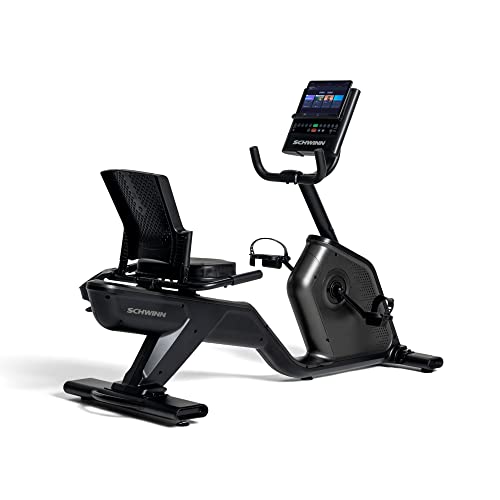- Joined
- Sep 17, 2013
- Messages
- 4,355
- Reaction score
- 9,657
That troublesome pedal. I’m making a D washer to lock the outer pedal adjusting bolt in place. I don‘t know if I can get it to fit right, it’s a very small spindle with rolled threads so nothing made in the last 70 years fits. I tacked a thick washer to some flat stock as I didn’t want to work this fine on a table. I filled the washer center with brazing. I busted the tack off so the washer fits in my vice. I’m using very small files to try and make a flat spot in the small hole I drilled in the soft brass washer filler. I can only move the tiny files an 1/8 inch forward and back so I don’t have a lot to show for an hours work. If the D washer can be made to fit the spindle I’ll have to reduce the diameter and thickness. This is going to take a few days.




Last edited:
















































